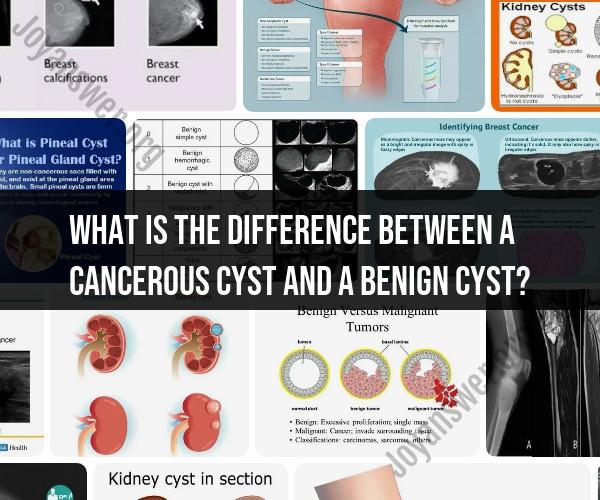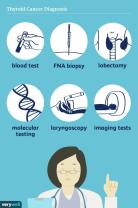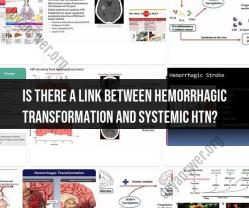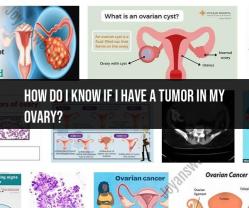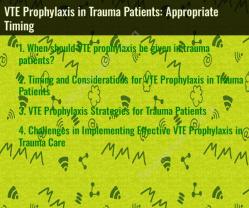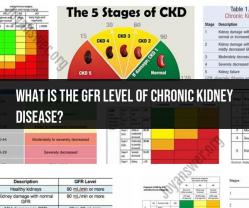What is the difference between a cancerous cyst and a benign cyst?
Distinguishing between cancerous (malignant) and benign cysts requires a comprehensive medical evaluation performed by a qualified healthcare professional. They will consider various factors, including your medical history, physical examination, imaging tests, and possibly biopsies. Here are some general guidelines to help differentiate between cancerous and benign cysts:
1. Medical History:Your medical history, including any family history of cancer, previous medical conditions, and risk factors, can provide valuable context for assessing the nature of the cyst.
2. Physical Examination:A healthcare provider will examine the cyst, noting its size, shape, texture, and any associated symptoms. They may also evaluate nearby lymph nodes for signs of enlargement or tenderness.
3. Imaging Tests:Imaging tests like ultrasound, MRI, or CT scans can provide detailed information about the cyst's structure, location, and relation to surrounding tissues. Radiologists can often identify characteristics that might suggest malignancy, such as irregular borders or internal structures.
4. Biopsy:A biopsy involves removing a sample of tissue from the cyst for laboratory analysis. This is the most accurate way to determine whether a cyst is cancerous or benign. Biopsies can be performed using various methods, such as fine needle aspiration (FNA), core needle biopsy, or surgical excision.
5. Cyst Characteristics:Certain characteristics of the cyst itself can provide clues:
- Rapid Growth: Cancerous cysts might grow more quickly than benign ones.
- Irregular Borders: Malignant cysts often have irregular, jagged borders.
- Solid Components: Cysts with solid components on imaging are more concerning.
- Complex Internal Structures: Cysts with complex structures seen on imaging might indicate malignancy.
- Fluid Discharge: Bloody or foul-smelling fluid discharge could raise concerns.
6. Symptoms:Unusual or persistent symptoms, such as pain, changes in skin color, ulceration, or systemic symptoms like weight loss, might indicate a cancerous cyst.
7. Laboratory Tests:Blood tests or other laboratory assessments might provide additional information, such as levels of certain markers associated with cancer.
8. Family History:A family history of cancer, especially certain types, might increase the suspicion of malignancy.
It's important to note that while some characteristics might raise concerns, none are definitive indicators on their own. Only a thorough medical evaluation, possibly including a biopsy, can accurately determine whether a cyst is cancerous or benign.
If you suspect you have a cyst or are concerned about any changes in your body, it's crucial to consult a healthcare provider promptly. They can provide the appropriate guidance, recommend tests if necessary, and guide you through the best course of action based on your individual health situation.
